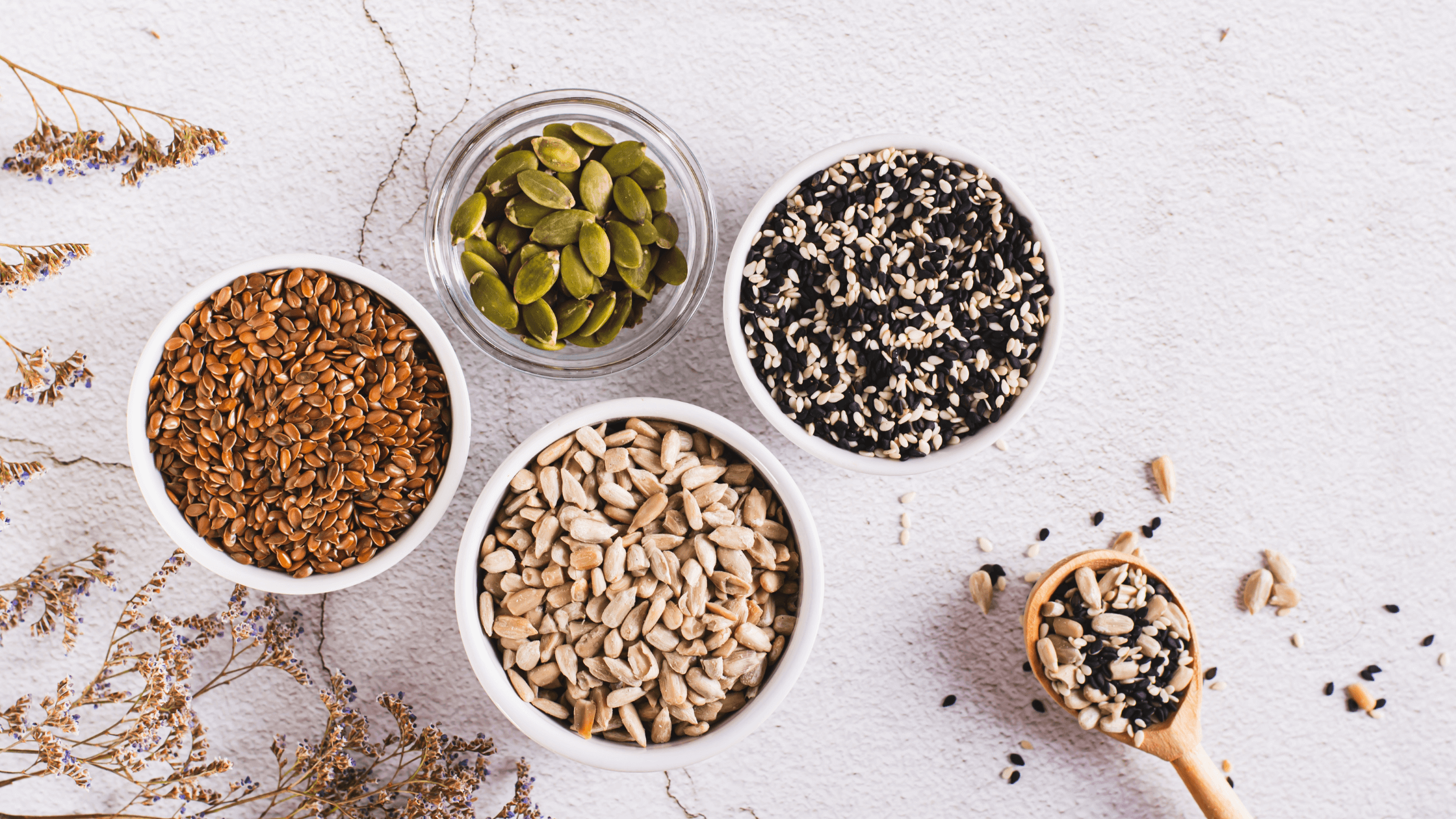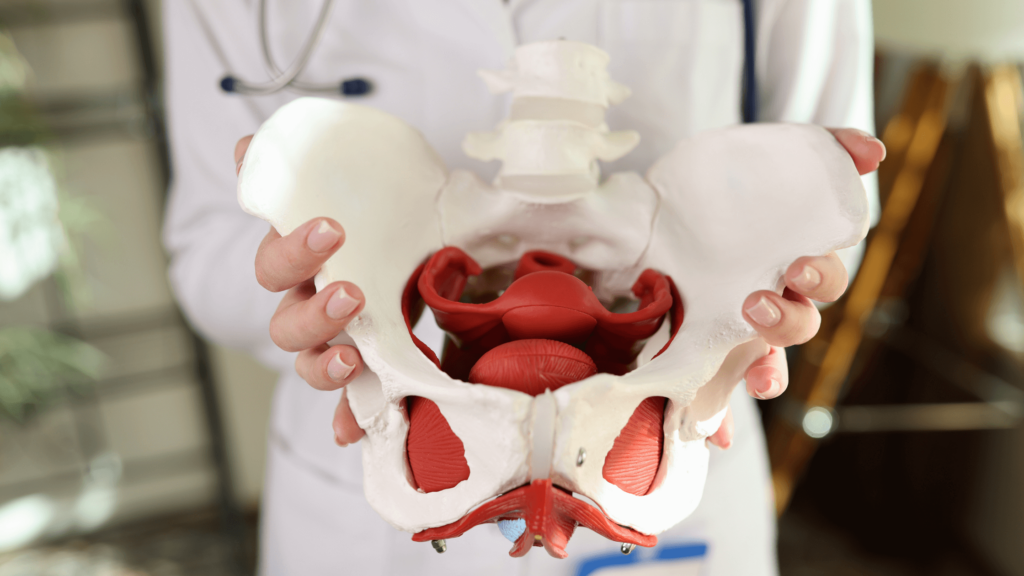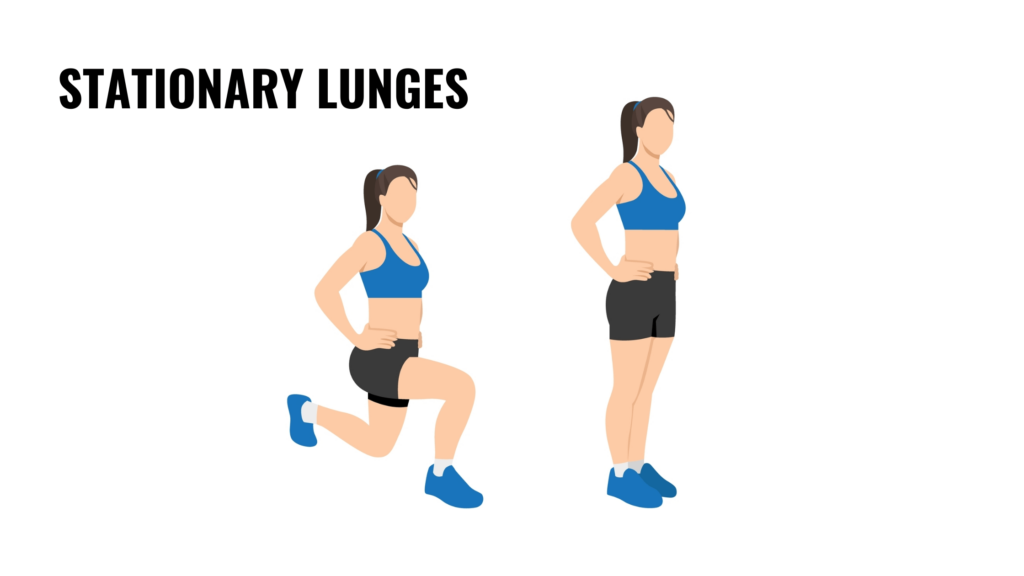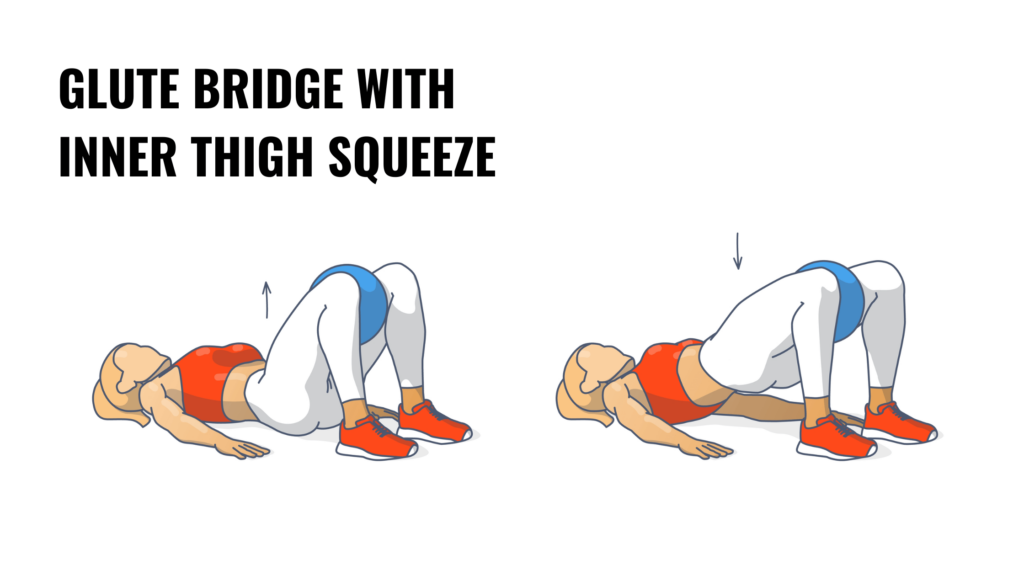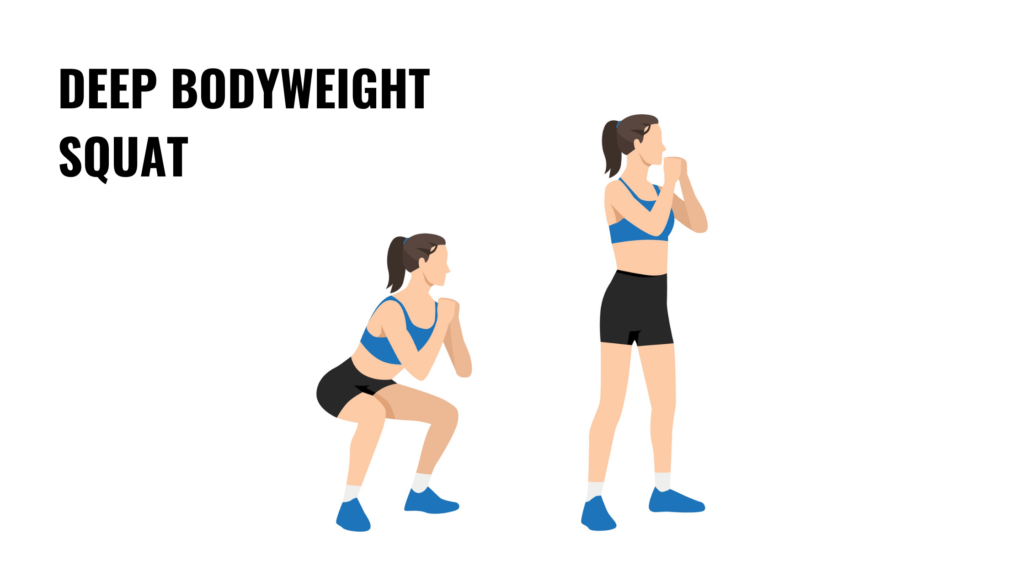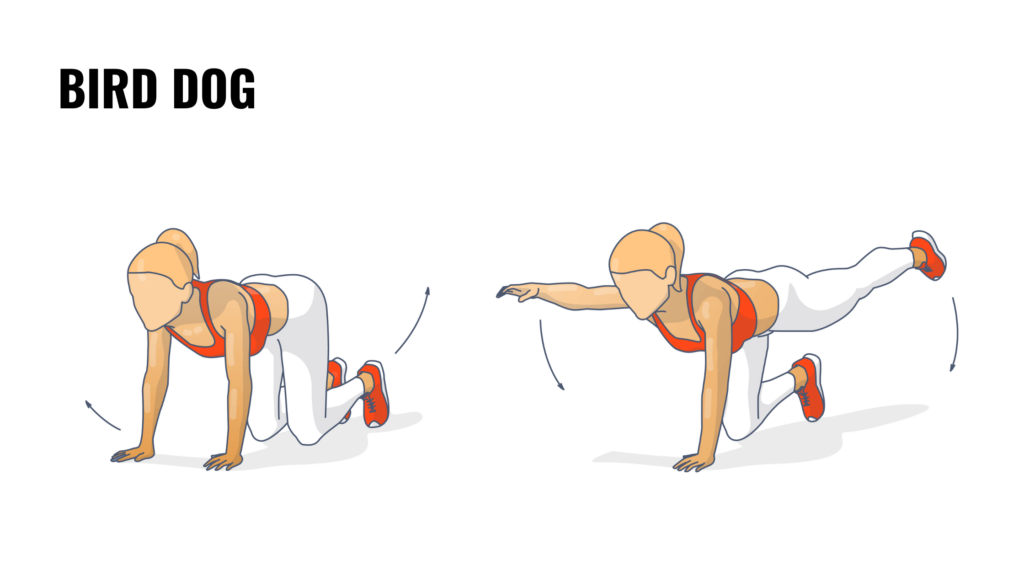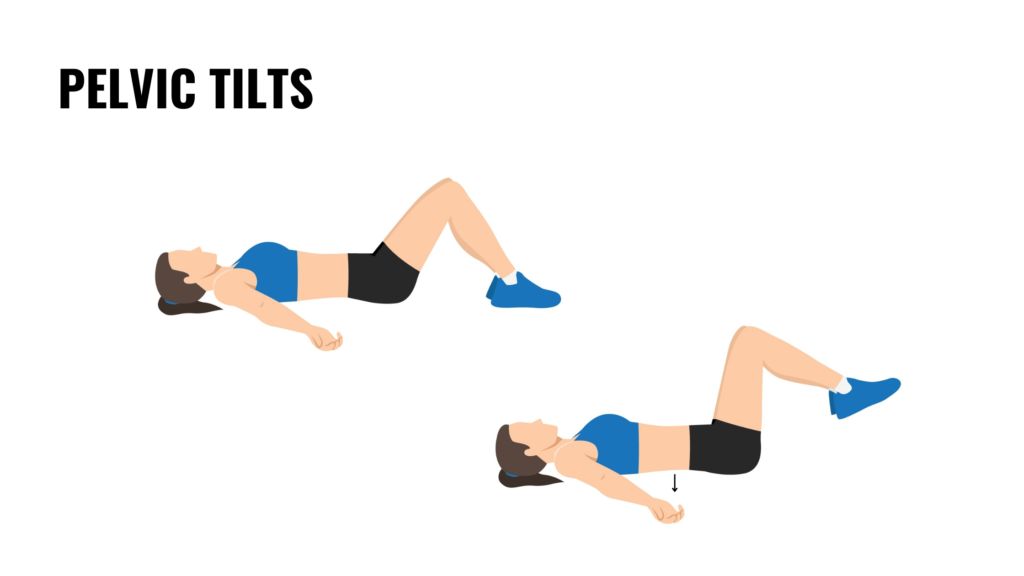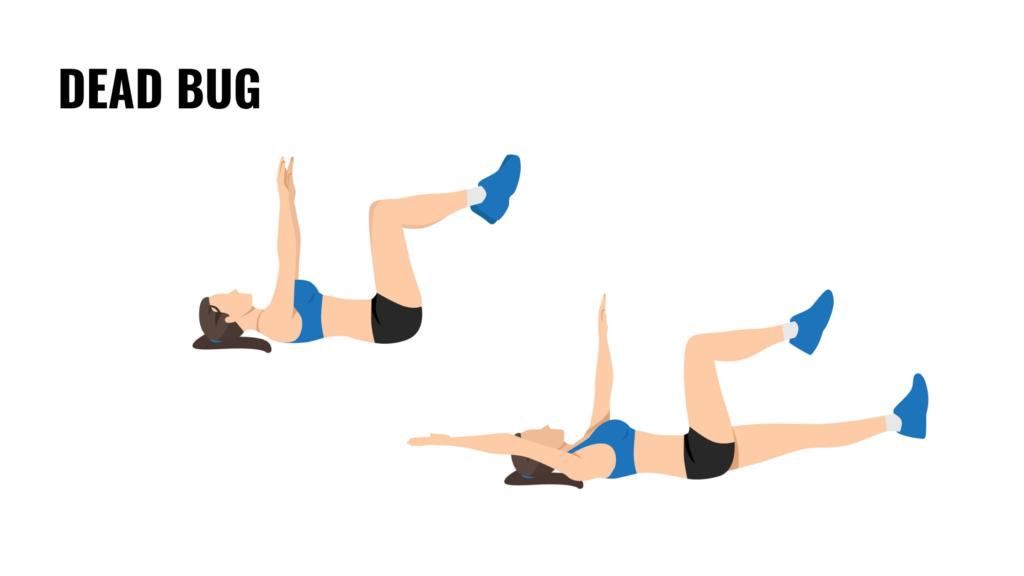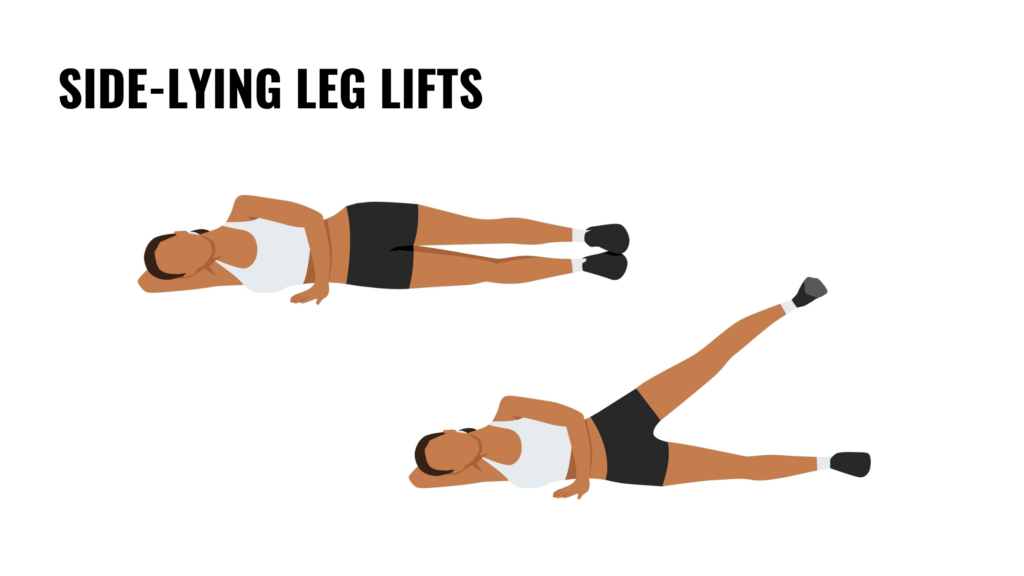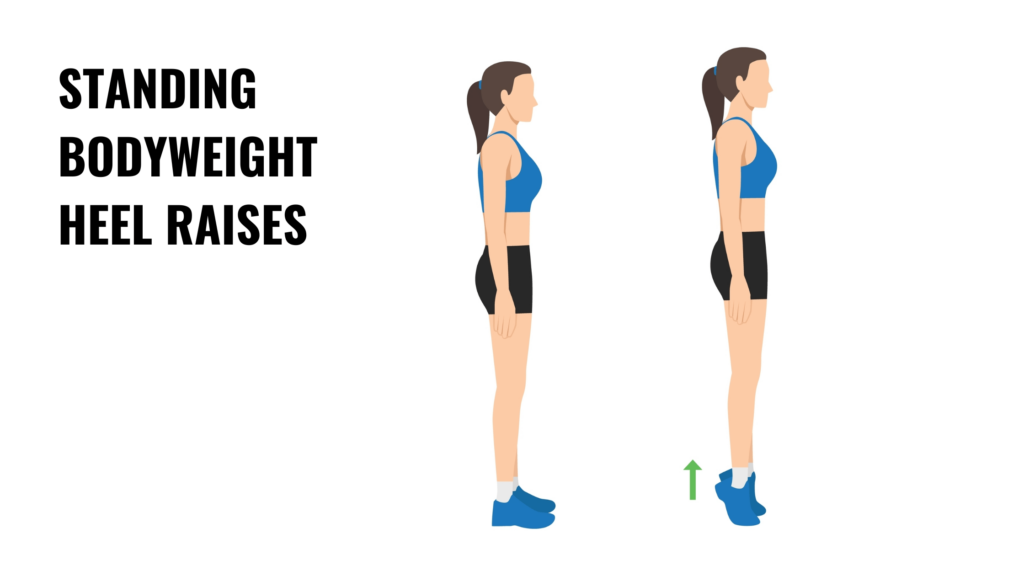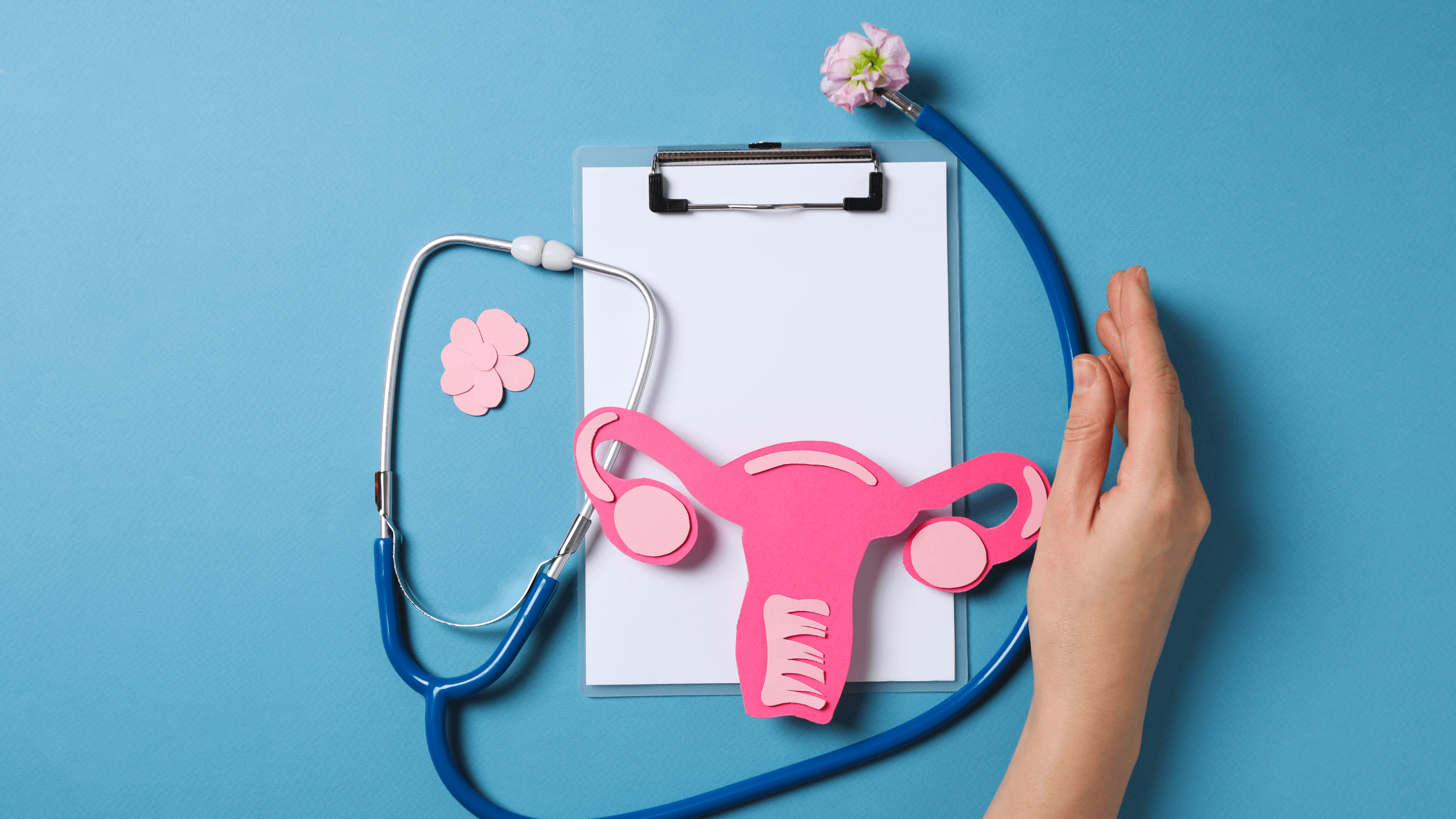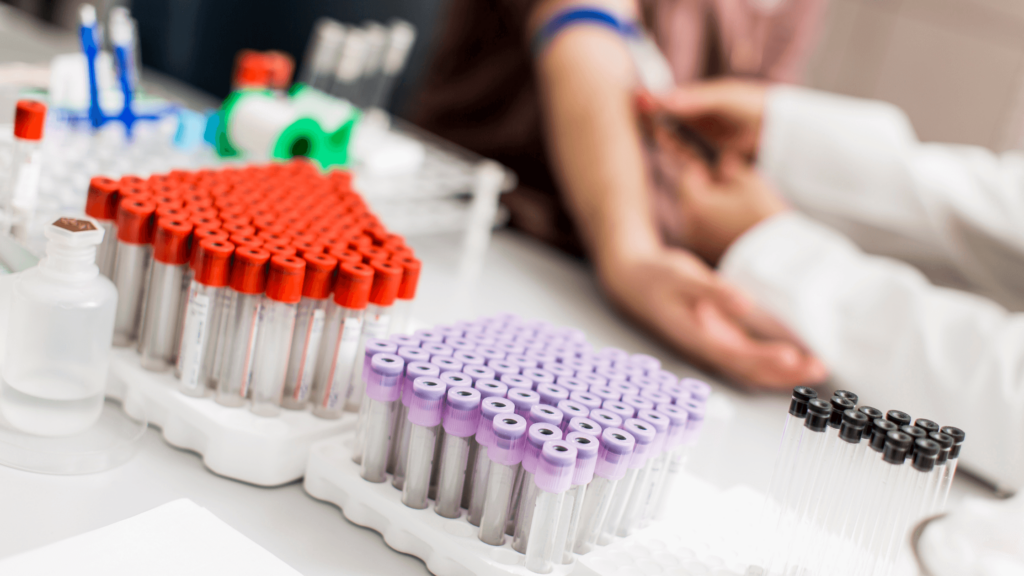Hormonal health is vital to women’s overall well-being, influencing everything from energy levels to mood and reproductive health. Many women seek natural, effective ways to support their hormonal balance without relying solely on medications. Seed cycling is an emerging, holistic approach that uses nutrient-rich seeds to promote hormonal harmony and improve overall wellness.
Quick look
- Seed cycling is a natural approach to hormonal balance, which involves eating specific seeds during menstrual phases to support estrogen and progesterone levels.
- Flax and pumpkin seeds aid the follicular phase (days 1–14), while sesame and sunflower seeds support the luteal phase (days 15–28).
- Seed cycling can help with PMS, cycle regularity, and menopausal symptoms, offering potential relief through consistent whole-food nutrition.
- Track your cycle, grind seeds for better absorption, and incorporate them into meals daily to maximize results. Adapt the method for irregular cycles or menopause.
Professionals, menstrual cycles, and hormones
Understanding the menstrual cycle is essential for grasping how hormonal fluctuations impact women’s health, especially in industries requiring long hours and a sharp focus on the job. The cycle comprises several phases, each characterized by specific hormonal changes that prepare the body for potential pregnancy.
Follicular phase
The follicular phase begins on the first day of menstruation and continues until ovulation. During this time, the pituitary gland releases follicle-stimulating hormone (FSH), which stimulates the growth of ovarian follicles. These follicles produce estrogen, leading to the thickening of the uterine lining in preparation for a possible pregnancy.
Luteal phase
Following ovulation, the luteal phase commences. The ruptured follicle transforms into the corpus luteum, which secretes progesterone and some estrogen. Progesterone stabilizes the uterine lining, making it receptive to a fertilized egg. If fertilization does not occur, the corpus luteum degenerates, leading to a decline in progesterone and estrogen levels and the onset of menstruation.
Key hormones and their roles
- Estrogen: Predominant in the follicular phase, estrogen stimulates the growth of the uterine lining and regulates the release of FSH and luteinizing hormone (LH).
- Progesterone: Dominant during the luteal phase, progesterone maintains the uterine lining for potential implantation and inhibits further ovulation during the cycle.
What is seed cycling?

Seed cycling is a natural practice that involves consuming specific seeds during different menstrual cycle phases to support hormonal balance, which impacts energy, focus, and resilience during long workdays.
The concept, rooted in holistic health traditions, pairs particular seeds with the follicular and luteal phases to align with hormonal needs. By incorporating flax, pumpkin, sesame, and sunflower seeds into daily meals, seed cycling aims to provide nutrients that promote optimal estrogen and progesterone levels.
Seed cycling draws upon established nutritional benefits of seeds, but direct scientific research on the practice itself is limited. Studies on individual seeds reveal promising effects:
- Flax seeds have been linked to improved estrogen metabolism and reduced symptoms of hormonal imbalances, such as during menopause or PMS. Flax seeds are rich in lignans, which can help regulate estrogen levels by promoting a healthy metabolism. These compounds bind to excess estrogen, supporting hormone balance during the follicular phase (days 1–14 of the cycle).
- Pumpkin seeds are high in zinc, which supports progesterone production. This makes them a valuable addition during the follicular phase to prepare the body for ovulation and subsequent progesterone production.
- Sesame seeds demonstrate estrogen-modulating effects, making them useful in pre-and post-menopausal women. Like flax seeds, sesame seeds contain lignans that help modulate estrogen levels. Consuming them during the luteal phase (days 15–28) can support the body’s hormonal balance as it shifts to focus on progesterone dominance.
- Sunflower seeds provide antioxidant support that may alleviate oxidative stress and improve progesterone production. They also contain vitamin E and selenium, which bolster progesterone levels and combat inflammation. Thus, sunflower seeds are particularly beneficial during the luteal phase, when they help maintain a stable uterine lining and support hormonal health.
It should be noted that there is a lack of comprehensive clinical trials specifically examining seed cycling as a method for hormonal balance. Critics argue that while seeds are nutrient-dense, attributing direct cycle-specific hormonal changes solely to their consumption remains speculative. Advocates suggest that the practice’s success is enhanced by its emphasis on consistency and whole-food nutrition.
How to safely seed cycle for more balanced hormones
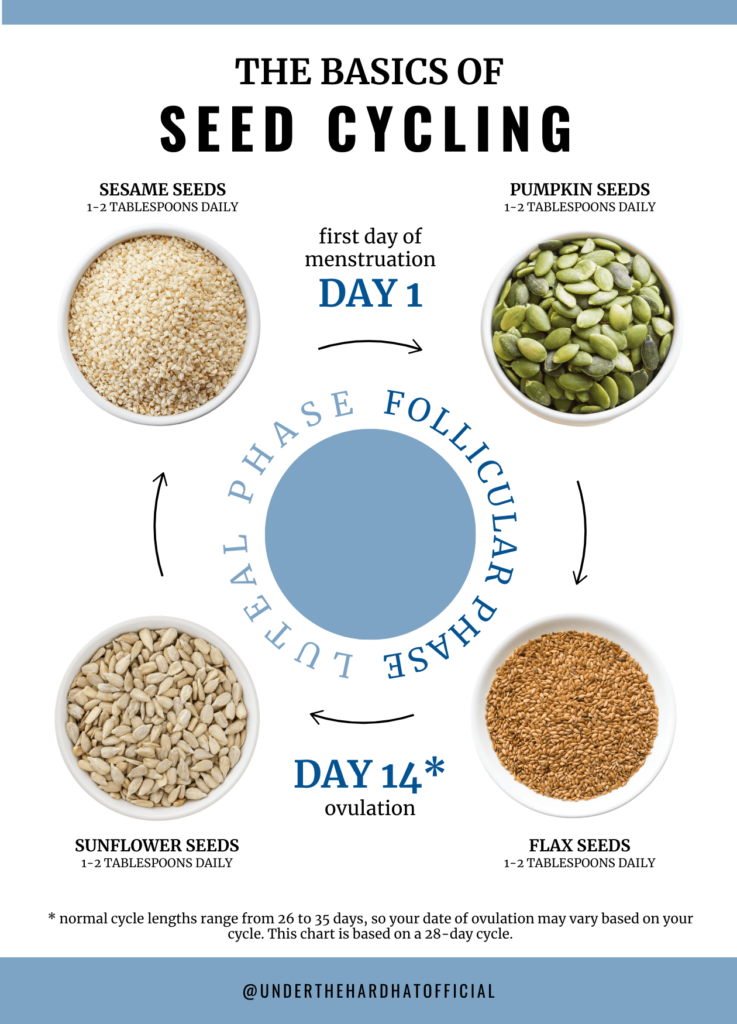
- Identify your cycle phases: Track your menstrual cycle to determine the follicular phase (days 1–14) and luteal phase (days 15–28). If you’re unsure or have irregular cycles, start with a general 28-day pattern or consult a healthcare professional for guidance.
- Select the right seeds for each phase:
- Follicular phase (Day 1–14): Incorporate 1–2 tablespoons each of ground flax and pumpkin seeds daily.
- Luteal phase (Day 15–28): Transition to 1–2 tablespoons each of ground sesame and sunflower seeds daily.
- Grind seeds for maximum benefits: Grind seeds before consuming to enhance nutrient absorption. Whole seeds may pass through the digestive system without being fully utilized. Use a coffee grinder or high-speed blender.
- Incorporate seeds into your diet: Add ground seeds to smoothies, oatmeal, salads, yogurt, or baked goods. Experiment with recipes to make seed cycling a seamless part of your routine.
- Be consistent: Regular consumption is key to achieving the benefits of seed cycling. Set reminders or prep portions in advance to stay consistent.
Dosages and timing
- Daily dosage: 1–2 tablespoons of each type of seed, depending on your dietary needs and caloric intake.
- Timing: Distribute seeds throughout the day or consume them at once with a meal (which may be optimal for shiftwork).
Precautions and safety
- Allergies: If you have seed allergies, consult a healthcare provider before starting seed cycling. Substitute with alternative seeds or foods where necessary.
- Avoid overconsumption: Excessive intake of seeds can lead to digestive discomfort or calorie imbalances. Stick to recommended dosages.
- Ground fresh: To avoid nutrient degradation, grind seeds fresh daily or store ground seeds in an airtight container in the refrigerator for up to a week.
- Individual variability: Hormonal responses to seed cycling may vary. If you experience discomfort or significant changes in your cycle, consult a healthcare provider.
How long does it take to see benefits?
The timeline for experiencing the benefits of seed cycling varies depending on individual hormonal health, consistency in practice, and underlying conditions. While some women report noticeable improvements in symptoms within a few weeks, others may require several months to see significant changes.
General timeline of expected changes
- Within 1–2 months
- Mild changes in energy levels, reduced bloating, or improved digestion may be noticeable.
- Women with irregular cycles may observe early signs of stabilization.
- 3–6 months
- Significant reductions in PMS symptoms, such as mood swings, cramps, or breast tenderness, are often reported.
- Women with irregular or absent periods may notice more consistent cycles.
- 6+ months
- Enhanced hormonal balance in the long-term, including reduced symptoms of hormonal imbalances such as acne, mood instability, or fatigue.
- Sustained Wellness: Improved overall reproductive health and potential alleviation of symptoms related to menopause or perimenopause.
It’s important to note that responses to seed cycling can differ based on age, diet, lifestyle, and pre-existing hormonal conditions. For instance, individuals with minor symptoms may notice benefits sooner. In addition, those with conditions like PCOS, endometriosis, or thyroid imbalances may require longer to see results and should consider seed cycling as part of a broader wellness plan.
Seed cycling and menopause
Seed cycling isn’t just for women with active menstrual cycles—it can also benefit individuals in pre-menopause, menopause, or post-menopause. By supporting hormonal health through targeted nutrition, seed cycling provides a natural way to ease the symptoms associated with these life stages.
For women who no longer have a regular menstrual cycle, seed cycling can be adapted by following a simplified 28-day schedule:
- Days 1–14 (follicular phase equivalent): Consume flax and pumpkin seeds to support estrogen metabolism.
- Days 15–28 (luteal phase equivalent): Transition to sesame and sunflower seeds to promote progesterone production and balance.
This cycle mirrors the hormonal fluctuations of a typical menstrual cycle, even without active menstruation, ensuring a steady intake of key nutrients to support overall hormonal balance.
Benefits for pre-and post-menopausal women
In the years leading up to menopause, known as perimenopause, hormone levels can become unpredictable, leading to symptoms like irregular periods, hot flashes, and mood swings. Seed cycling may help by supporting estrogen metabolism to reduce the intensity of hot flashes and night sweats. Furthermore, promoting progesterone balance may improve sleep quality and reduce anxiety.
After menopause, estrogen and progesterone levels drop significantly, which can lead to bone density loss, cardiovascular issues, and changes in skin and hair health. Seed cycling can:
- Provide phytoestrogens (from flax and sesame seeds) that mimic estrogen, potentially alleviating dryness and supporting bone health.
- Offer anti-inflammatory nutrients (like selenium and omega-3s) to support heart health and reduce joint discomfort.
- Deliver antioxidants and essential vitamins, such as vitamin E, which benefit skin elasticity and hair strength.
Bottom line
Seed cycling offers a simple, natural way to support hormonal health throughout all stages of life. By incorporating nutrient-rich seeds into your routine, you can align your diet with your body’s hormonal needs, potentially easing symptoms like PMS, irregular cycles, or menopausal discomfort.
Seed cycling is most effective as part of a broader wellness strategy. If you have significant hormonal concerns, such as PCOS, thyroid imbalances, or menopausal challenges, it’s always best to consult a healthcare provider. They can help you tailor seed cycling and other interventions to meet your unique needs.
Interested in learning more about natural ways to support your hormonal health? Subscribe to our newsletter and follow us on social media for expert tips, practical strategies, and all the latest insights to help you thrive.
